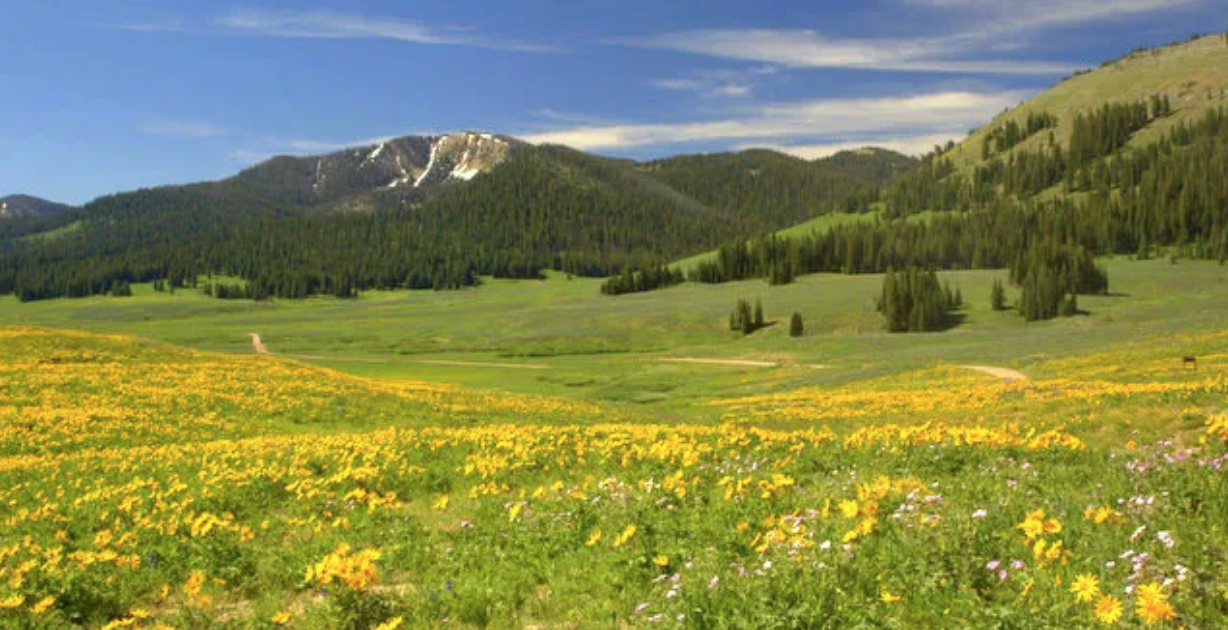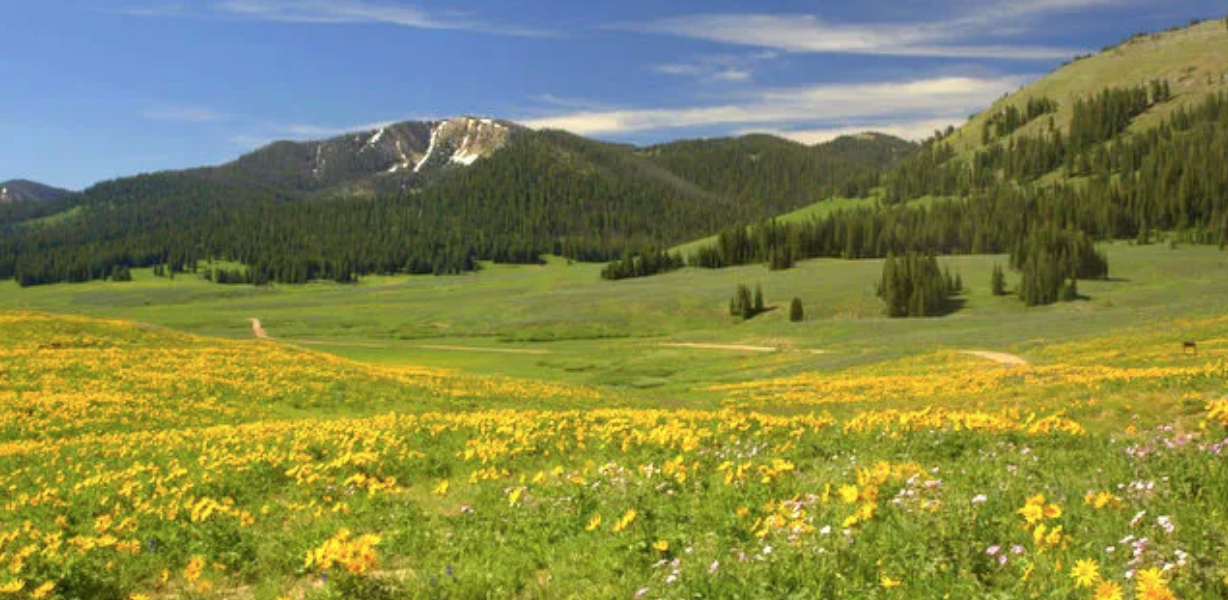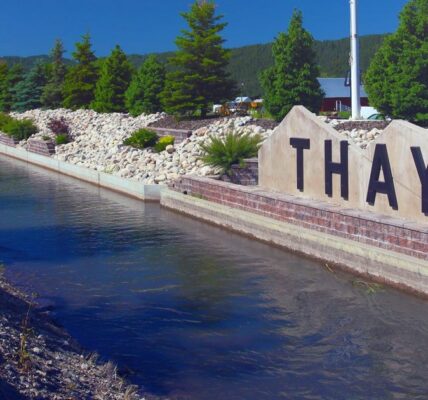
By Mike Koshmrl
Jackson Hole Daily
Via- Wyoming News Exchange
JACKSON — The Bridger-Teton National Forest will not imminently allow woolgrowers to herd domestic sheep back onto portions of the Wyoming Range near where a bighorn sheep herd roams, a mix that could endanger the wild sheep by introducing diseases.
Restocking seven sheep allotments in the Wyoming Range had been requested by the Wyoming Stock Growers Association, and the idea was met favorably and set in motion by managers of the 3.4-million-acre forest. The plan was particularly controversial because the allotments had been vacated in 2012 when the National Wildlife Federation bought out Cokeville sheep rancher Fred Roberts expressly for the purpose of separating domestic sheep from the Darby Mountain Bighorn Sheep Herd — a “non-core” herd that the state of Wyoming explicitly deemphasizes.
“Feedback from the public and many organizations indicates an overwhelming lack of support for the proposal to amend the Forest Plan,” Forest Supervisor Tricia O’Connor wrote in a Nov. 19 memo. “Although the proposed amendment language for protecting core, native herds was well received, the change in protections for the Darby herd was a major concern.”
It was this past spring that the Bridger-Teton first pitched the Forest Plan amendment.
In conjunction with the proposal to restock domestic sheep onto rangeland used by the Darby bighorn herd, the national forest also suggested the plan revision would ensure protections for four “core” bighorn sheep populations that the state does prioritize: the Jackson, Whiskey Mountain, Targhee and Absaroka herds.
The idea of restocking domestic sheep on allotments where ranchers were previously paid to remove livestock to benefit wildlife will not resurface until the Bridger-Teton revises its entire Forest Plan. The reason, O’Connor explained in the letter, is that the amendment would require an environmental impact statement, and the timeline for completing such a planning document would overlap with when the forest expects to begin its Forest Plan. The forest supervisor therefore ordered her staff to pause work on the amendment and analysis of restocking sheep in the Wyoming Range.
“These allotments will remain vacant,” O’Connor wrote.
On another portion of the Bridger-Teton, forest officials are still moving forward with the idea of restocking livestock, albeit cattle, on bought-out domestic sheep allotments. That’s the case for 31,000 acres in and around the eastern Gros Ventre Range. Five years ago Thoman Ranch woolgrowers agreed to a buyout with the Wyoming Wild Sheep Foundation that led to domestic sheep being herded off the rangeland.
Subsequently, the area, known as the Elk Ridge grazing complex, was identified as the No. 1 priority vacant allotment on the Bridger-Teton for restocking — a general concept that the livestock lobby has vociferously encouraged.
The Bridger-Teton’s proposal is to essentially add the four vacant sheep allotments into the existing cattle allotments used by the Upper Green River Cattlemen’s Association. The idea, which will be analyzed via an environmental assessment, is to give ranchers more flexibility on where they can put their livestock in a region that sees year-in, year-out chronic conflict between cattle and grizzly bears.
That’s an argument that hasn’t won over public land grazing critic Jonathan Ratner, of the Western Watersheds Project.
“In general, the Upper Green is the bullseye for killing an endangered species because of private livestock, and what they’re planning to do is essentially expand that bullseye over a larger geographic area,” Ratner said. “Does any reasonable person think it’s a good idea to fill the area with slow, stupid bear candy and expect problems not to occur? Unfortunately, the spineless Bridger-Teton thinks it is a good idea to do just that.”
Meanwhile, Wyoming Stock Growers Association President Jim Magagna blasted O’Connor’s decision to put restocking on hold in the Wyoming Range.
“We were terribly disappointed in that decision,” Magagna said. “The Forest Service doesn’t seem to be recognizing and accepting the role of the state of Wyoming in managing bighorn sheep.
“I’m not very willing to accept this,” he added, “and we’re going to look into what our options might be and see how we can proceed from there.”
Ratner was hesitant to applaud the Bridger-Teton’s call to pause the Wyoming Range restocking. He didn’t buy O’Connor’s stated rationale, of an “overwhelming lack of support,” and argued that the restocking effort was only suspended because an order came down from the U.S. Forest Service’s regional office.
“It was a nice excuse, but when was the last time the Bridger-Teton didn’t do something because of public outrage?” Ratner said.






